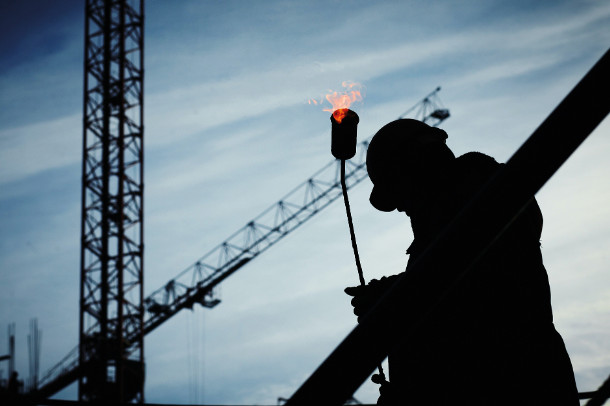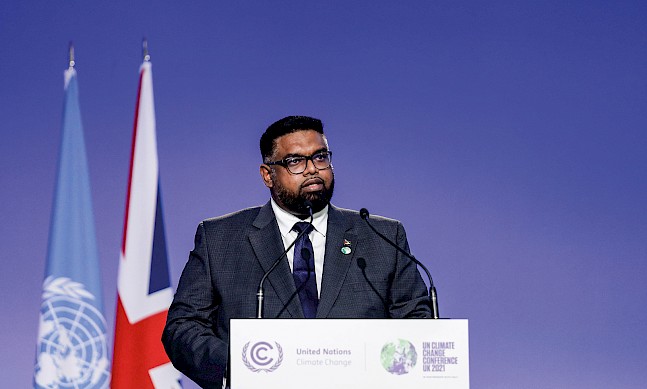For a country that historically has seen some of the lowest per capita income figures in South America, Guyana’s unique combination of natural resources coincidentally makes it one of the richest in the region.
From sugarcane plantations to gold reserves, rice fields to bauxite, these are some of Guyana’s principal economic assets which made up approximately 80 percent of exports in 2014, according to figures from the World Bank. Its uniqueness doesn’t stop there – Guyana, a former British colony – is South America’s only English-speaking country, and shares more in common with the Caribbean than simply maritime connections. Despite its natural wealth, the country has never been blessed in an economic sense, struggling to attract the foreign direct investment (FDI) which has previously been bestowed on its neighbors.
But Guyana’s fortunes are rapidly changing thanks to the discovery of high-quality crude oil in 2015. The 11.2 billion barrels found in the Stabroek Block off the country’s Atlantic coast in May 2015, by a consortium led by ExxonMobil, prompted independent research company Rystad Energy to hail Guyana as the global leader in total offshore discoveries. The Stabroek Block accounts for the majority of recent prospects, but geological surveys show the potential for further finds. According to Rystad, the Guyanese government could reap the rewards with cumulative revenues totaling $157 billion by 2040.

With oil comes FDI, and Guyana is paving the way for the Caribbean’s future as a whole. According to OilNOW, the Caribbean attracted $8.957 billion in FDI in 2021, with Guyana pulling in almost 50 percent of that at $4.4 billion. This boost will be crucial for both Guyana and the development of the Southern Caribbean energy matrix. This FDI influx – led by the United States – brings further opportunity for the Guyanese government’s efforts to leverage hydrocarbon revenue to diversify the economy by promoting other sectors such as agriculture, business support services, healthcare, and technology. An ECLAC report noted an increase of 397 percent in 2021 over 2020, with the announcement of new non-hydrocarbon projects worth $180 million. Furthermore, the Guyana Low Carbon Development Strategy 2030 outlines substantial measures to support green resilient growth, including increased protection for standing forests and investments in renewable energy sources, such as hydropower and solar energy. To complete this whirlwind journey, the country’s ‘One Guyana’ initiative aims to put technology at the forefront while creating a more equal society by reducing inequality in access to education, health, employment, income, and justice.
No one is more enthusiastic about Guyana’s future than President Dr. Mohamed Irfaan Ali, whose vision is to see windfall proceeds – including those from a competitive bid round for 14 further offshore oil blocks – used for local investment. Speaking during the 77th Session of the United Nations General Assembly in New York, he told the Interfaith Forum at JPAC, Queens: “One Guyana is not a phrase or a slogan, One Guyana requires action and commitment. It requires fulfillment of every single one of us joining collectively to push one thing forward, Guyana.” He continued: “Guyana must be developed in such a way that it works with technology. That is why we are investing heavily in technology, in training, in human resources, and strengthening capacity building.”
The president’s vision also includes reducing CARICOM’s food import bill by 25 percent by 2025. The ‘Twenty-five by 2025’ initiative aims to enhance food and nutrition security, strengthen agriculture resilience, and identify opportunities for extra-regional exports. “Not only do I believe that it is realistic, I think that it can be surpassed if we continue on this trajectory, and we have a strong deadline and implementation plan,” the president added.



